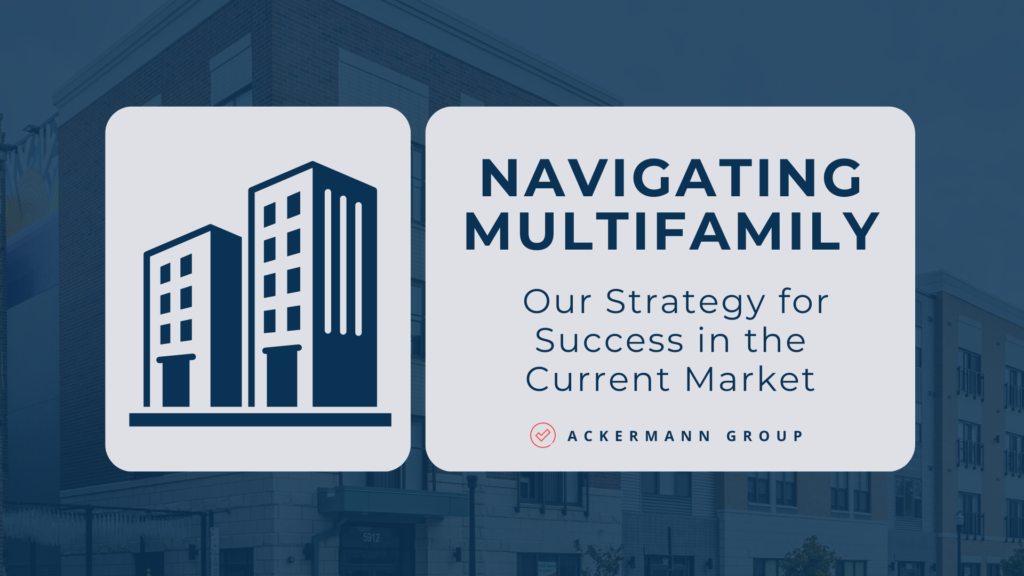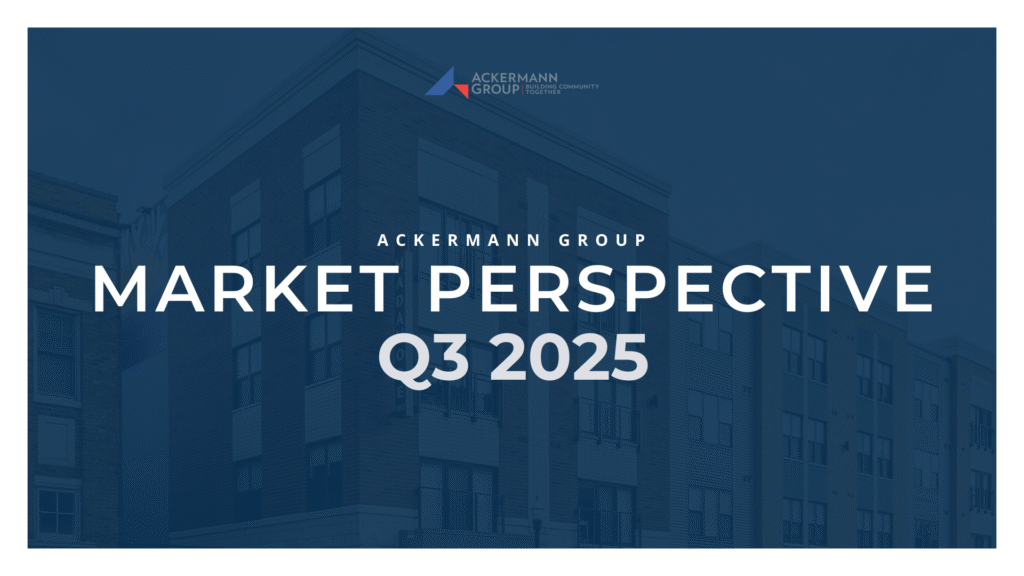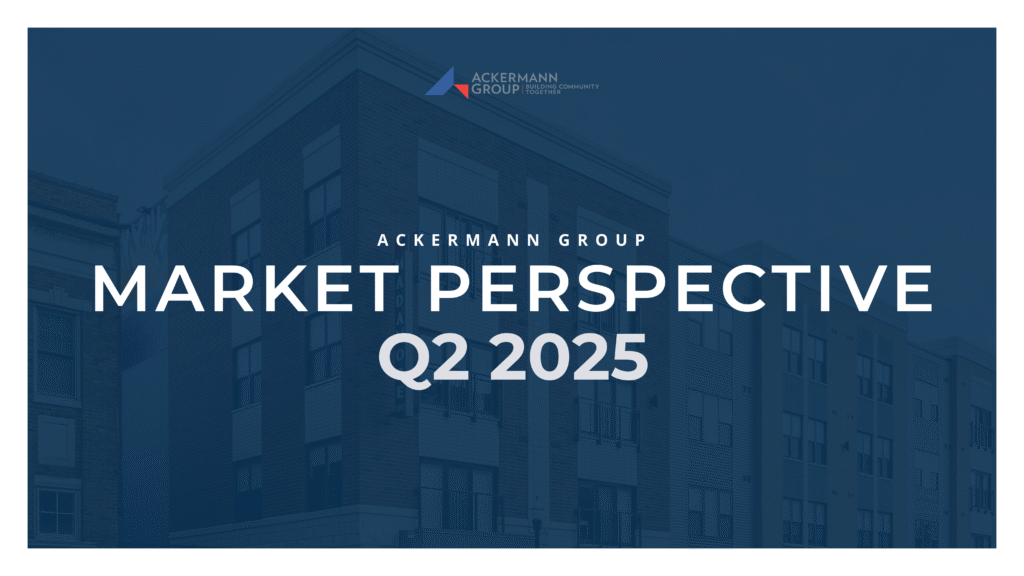In today’s climate of financial instability, investors are navigating a landscape marked by persistent inflation, interest rate volatility, and global geopolitical tensions. These forces continue to drive erratic movements across public markets, exposing the fragility of portfolios that lean too heavily on any one asset class. In this environment, one principle rises to the forefront: diversity equals stability.
Diversification is more than a strategy—it’s a shield against uncertainty. By spreading capital across a variety of asset types that react differently to economic forces, investors can significantly reduce exposure to concentrated risks. While diversification doesn’t eliminate risk altogether, it mitigates volatility and offers a more balanced, resilient return profile over the long term.
In turbulent markets, correlations among traditional public assets tend to rise, meaning stocks and bonds may move in tandem rather than offset each other. When this happens, the old 60/40 portfolio model can fall short. That’s why investors increasingly seek true diversification—not just within sectors, but across fundamentally different asset classes, including alternatives.
Alternative Investments: A Foundation of Stability
Alternative investments provide genuinely independent drivers of return, a critical advantage when traditional markets falter. These include private equity, hedge funds, venture capital, and real assets such as infrastructure and real estate. Unlike public equities that respond rapidly to headlines and investor sentiment, alternatives are typically anchored in long-term fundamentals—things like cash flow, operational efficiency, and intrinsic asset value.
One of the core reasons for their resilience is that alternative assets are typically less liquid by design. While this may seem like a drawback to some, it shields them from the panic-driven selloffs that can rattle public markets. Instead of being traded on emotion or short-term news, alternatives are managed on long-term business fundamentals. This insulation from day-to-day market noise makes alternatives a cornerstone for portfolios seeking both growth and capital preservation.
Why Multifamily Real Estate Stands Out
Among alternative asset classes, multifamily real estate has consistently demonstrated strong defensive characteristics. It offers contractual income through rental payments, is governed by tangible supply-demand dynamics, and is underpinned by local economic trends rather than macro headlines.
In other words: people will always need a place to live. And in today’s economic environment, multifamily housing is becoming increasingly more affordable than homeownership. The traditional median monthly payment for homeownership reached $3,037 in Q1 2025, compared to an average effective rent of $1,827 for multifamily apartments during the same period (source: Newmark Research, RealPage, Atlanta Federal Reserve). This growing affordability gap means more people are choosing apartment living over buying a home, reinforcing long-term demand for multifamily rentals.
According to the 2025 Multifamily Market Outlook by CBRE, “With continued solid fundamentals, multifamily is the most preferred asset class for commercial real estate investors in 2025.” This reinforces our belief in the long-term value and stability of this sector.
Our Approach: Resilience by Design
At Ackermann Group, diversification isn’t just a philosophy—it’s our operating blueprint. Our current investment vehicle, AMF Fund II, is purpose-built to withstand market cycles through a disciplined focus on multifamily real estate. This fund targets value creation through operational enhancements, smart repositioning, and active asset management.
Right now, market dislocation is creating compelling opportunities. The higher cost of debt and public market volatility have sidelined many buyers, allowing us to acquire high-quality, well-located properties at valuations not seen since before the pandemic. Our pipeline is robust, with acquisitions concentrated in growth markets supported by strong demographic and economic tailwinds.
Despite public market noise, we believe the current environment favors well-diversified portfolios anchored by stable, income-generating assets. Real estate—particularly multifamily—offers a buffer against macro uncertainty and serves as a ballast in a broader investment strategy. For investors seeking to build wealth steadily while minimizing downside risk, alternative assets are no longer optional—they are essential.
At Ackermann Group, we remain committed to long-term thinking, disciplined investing, and delivering real value for our partners. AMF Fund II reflects that vision: a resilient investment platform designed to capture durable returns in a world of shifting tides.



